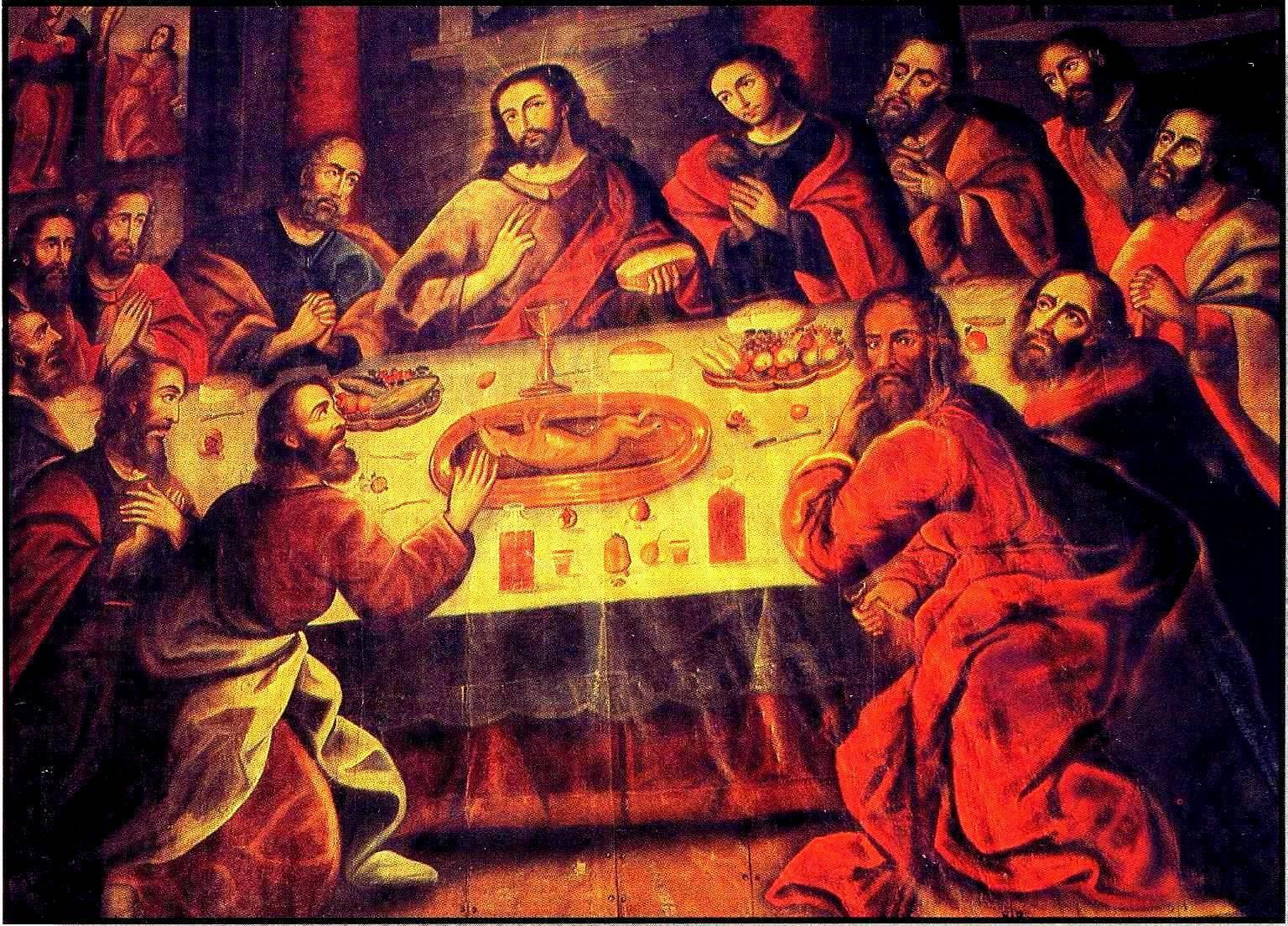I don’t know much about sunflower. That’s obvious enough from the cavalier fashion in which a recent Nibble of mine referred to a press release on a PNAS paper on sunflower domestication by David Lentz and others. ((David L. Lentz, Mary DeLand Pohl, José Luis Alvarado, Somayeh Tarighat and Robert Bye. Sunflower (Helianthus annuus L.) as a pre-Columbian domesticate in Mexico. Proceedings of the National Academy of Sciences 105: 6232-6237; published online as 10.1073/pnas.0711760105. The paper is behind a paywall but the supplementary material is available and gives a taste. Some nice pix.)) Briefly, that paper presented a range of archaeological, linguistic, ethnographic and ethnohistoric evidence for the domestication of sunflower in Mexico by 2600 BC. This would complement a separate, independent, well-attested domestication in the Mississippi Valley. That’s important not only academically but also for the insights it would give into genetic structure within the species, and hence possible breeding strategies.
But it looks like I unwittingly walked into a bit of a controversy. It seems things are a bit more complex than the press release made out. In a 2007 short communication in GRACE, the great Charles Heiser reverses himself with regards to some archaeobotanical material he had previously identified as a sunflower achene and as a result comes out against the Mexican domestication for the crop first advocated by Lentz in 2001. The available molecular evidence seems to support Heiser.
I don’t know much about sunflower. But after today, I know a little bit more. And I’ll be keeping an eye on this academic spat to learn more.
